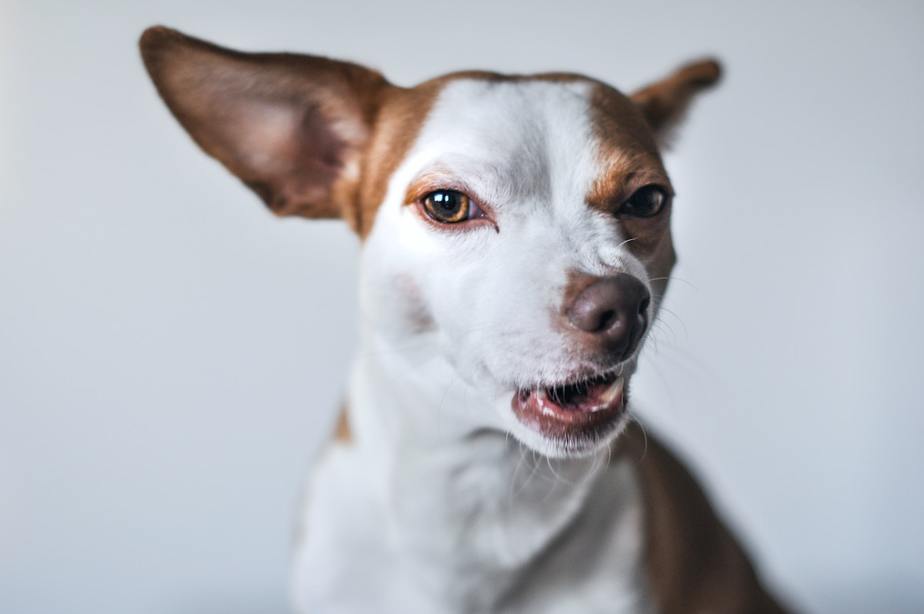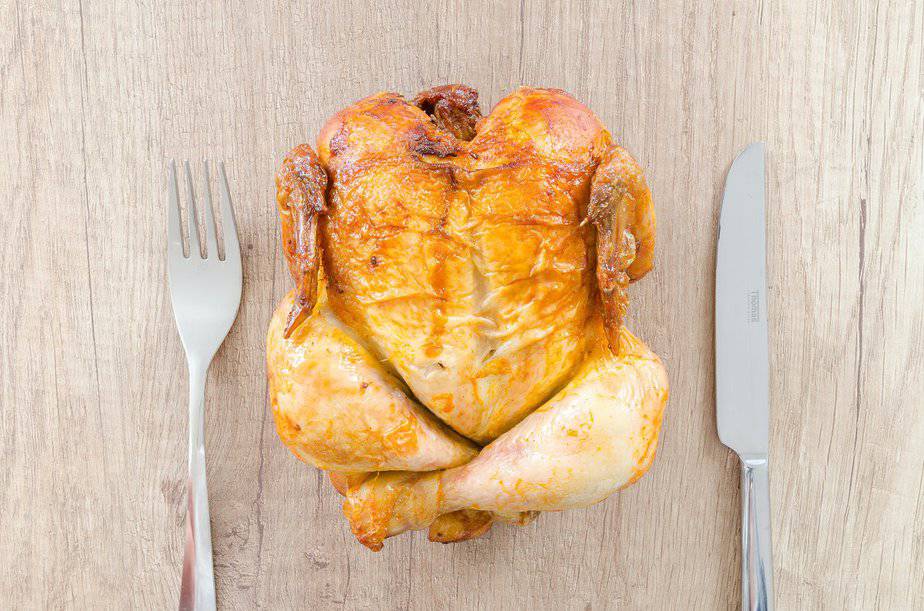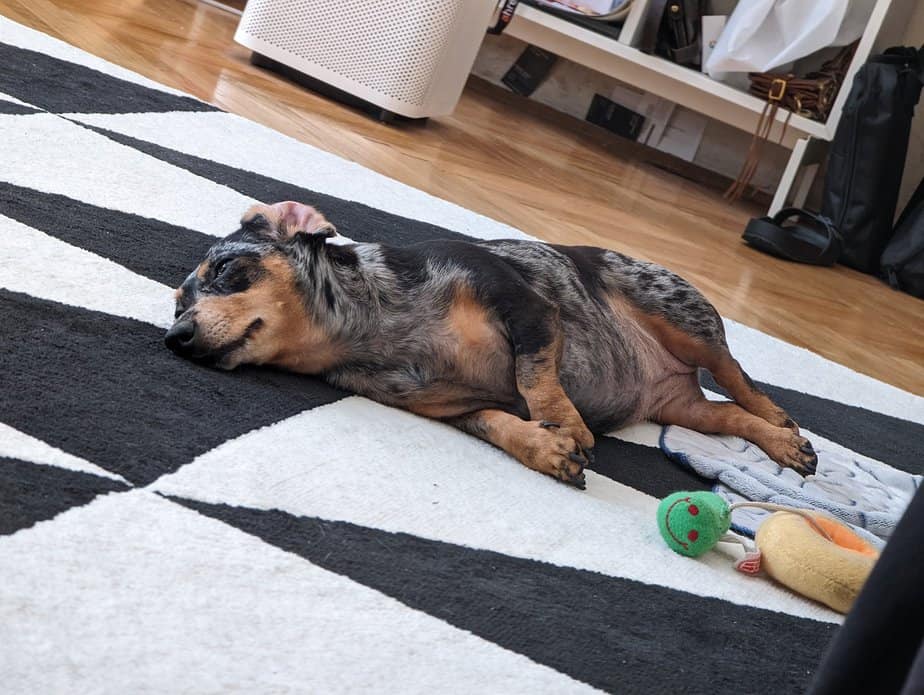Flea control can be an uphill battle for some dog owners. To defeat this enemy, you must understand the whole life cycle of fleas. Killing off adult fleas doesn’t solve the problem. You must deal with the eggs, larva, pupae and adult fleas. Otherwise, you are embarking on “mission impossible”.
There Are Many Anti-flea Products Available
Some are active only against adult fleas and not effective in killing off eggs, larvae, etc. This is why treating or taking care of the surrounding environment is just as important in your war against these pests. There are things you can do to minimize the chances of flea infestation and other measures you can take if they have already invaded your home.
Leave any of this out and you are heading for failure again :
- Use the right products and method
- Treat your pets
- Treat your house, the surrounding environment, gardens and yards.
Let’s look at the steps necessary to keep the fleas away without chemicals
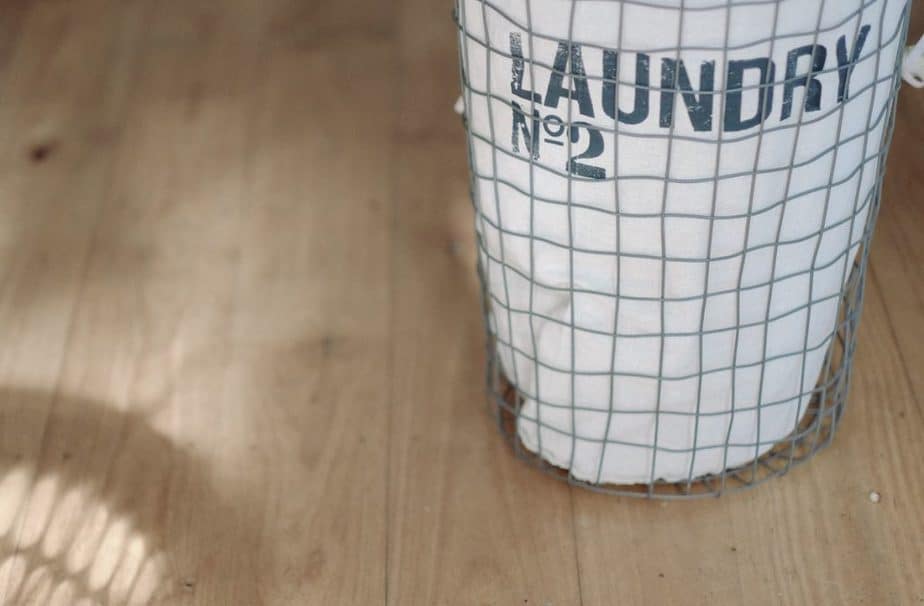
Some dogs are more prone to getting fleas because their clean coat makes them a good target. Fleas, mites and ticks are parasites with a short lifespan so they reproduce quickly. Female fleas can lay up to 25 eggs a day. That’s why you quickly can get an infestation. Spring and summer are the most troublesome seasons when it comes to fleas.
If you think your dog has fleas, check the fur under the ears and legs. Fleas like warm places. That’s why you should check there. Fleas can survive in almost anything in your home furniture, rugs and bedding. Any flea treatments will be pointless if the flea’s eggs or fleas themselves remain in your living space.
To clean your home properly you will need to sanitize and clean the areas where the pet sleeps. Depending on the severity of the problem, you may need to throw away blankets that have become infested with eggs. Often, just washing the affected bedding in hot water and some flea shampoo should do the trick. Rather safe than sorry, though! If in doubt, toss the bedding. Having to have your home fumigated will cost a lot more!
Fleas have strong back legs that let them jump from one dog to another. Be careful, some dogs that are allergic or sensitive to fleas will have severe itching which may lead to hair loss or skin infections. A dog that is hypersensitive to the flea’s saliva will itch all over from the bite of a single flea.
Keep your carpets vacuumed!
Vacuum daily and get some wide tape to seal up the vacuum bags as soon as you remove them from the vacuum cleaner. If you DON’T have small children around, use pennyroyal leaves either fresh (if available) or dried and spread them around your carpet to repel fleas.
Clean the Dog Bed
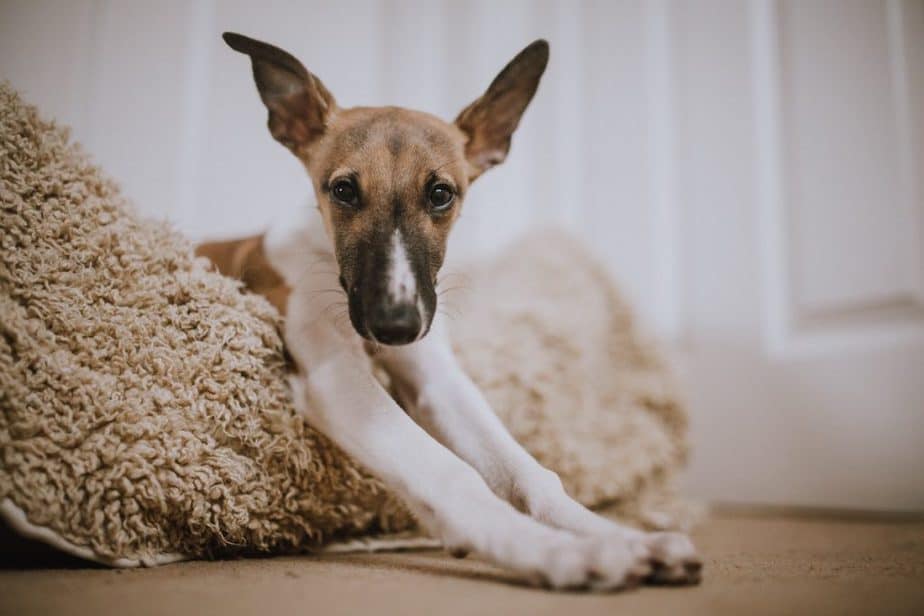
Keep your dog’s bedding clean by washing it in warm water and soap. This is where fleas usually breed. When it is dry, apply some cedar oil to the bedding to help repel the fleas. Keep the area around your dog’s bed free of dust and dirt.
Clean the Dog
Give your dog a bath once a week with cedar shampoo (bathing more frequently may dry out its skin). If your dog does get dry skin it will attract fleas – just what you don’t want. Give a dog with dry skin some Linatone oil mixed with its food.
Other Natural Tips We Picked Up on the Web
- They say that feeding your dog very small doses of garlic or brewer’s yeast can repel fleas. However, we don’t recommend feeding your dog garlic as it’s bad for them.
- If you mix lavender oil (60 ml) with rock salt (2.8 litres) you will have a great flea repellent that can be spread around the house where your dog chills. It can be used as dog shampoo.
- Fill your outside flower beds with marigolds — they have natural flea repellent properties and also repel other bugs.
- Boiled lemon or orange peel in water can be used as a dip for dogs and can be used to soak dog bedding for a few hours, then washed with warm soapy water.
- A mixture of brewer’s yeast and garlic, available in powder or tablet form can be given in small doses to your pet. This creates a certain odour in pets, and fleas are sure to avoid them.
- Fresh or dried pennyroyal leaves are a natural flea repellent. Use this in carpets to avoid the abundance of fleas in the home. Do not use it if you have small children around, as this could be toxic.
- Lukewarm water with little shampoo and detergent is a good way to prevent fleas. A dog’s body may be dipped into the solution for fifteen minutes and then rinsed. This only works if flea infestation is light.
How bad is your flea problem?
Flea control is an ongoing battle. Some research indicated that fleas spend less than 15% of their time on your pet. The rest of the time they are comfortably tucked away in a variety of warm places. Your carpet, your couches and even in your garden. You know when you have a flea problem. The first thing you notice : itchy bites. Fleas also leave telltale black or dark brown droppings. So how do you assess the damage? Comb your dog over a sheet of paper. The number of dark crumb-like bits that fall onto the paper will indicate the seriousness of your infestation.
You can find a lot of DIY tips online to help you control fleas. However, your vet is still the best source of information. Instead of heading for the pet store to buy expensive over-the-counter treatments, sprays or dips you should rather seek professional help right away. It will save you time. Your vet should have some pamphlets or handouts about flea control. There are even some oral treatments that they can recommend depending on the situation.
If you think you have a flea infestation:
1. Contact your vet to treat your pet
2. Clean the areas where your pet always hangs out. You need to treat not only the pets but the indoor and outdoor environment.
3. Thoroughly vacuum everything from carpets, rugs, furniture, mattresses, etc. After vacuuming, don’t forget to dispose of the bag.
4. Use flea treatments. Ask your vet what is the most effective product to use.
5. Avoid contact with other dogs or pets that are suffering from flea problems.
6. You can also use flea products such as flea shampoos, powders, sprays, mousses, dips, collars and spot-on products.
Chemical Flea Treatments
Chemical treatments against fleas can be ineffective and dangerous for your dog. These treatments, if ingested by pets or kids can mean an emergency room visit. Some say that fleas will eventually become completely resistant to our treatments. Those in favour of natural flea remedies claim that natural treatments work better than the chemical ones.
Advantage
Advantage is made by Bayer. It is applied to the dog’s coat and effects last up to a month. Advantage’s active ingredient, imidacloprid, upsets the nervous system of any flea that comes in contact with it. Advantage kills fleas fast and your dog should be flea free in a few days.
Frontline Flea & Tick Control
Frontline is not water soluble; this means alcohol is required to wash it off the dog. Frontline is safe for use on puppies as well as adult dogs and it will work for approximately four months. Frontline contains Fipronil. It is very effective at killing fleas by attacking their nervous systems but safe for dogs and cats (if they are not allergic to it).
